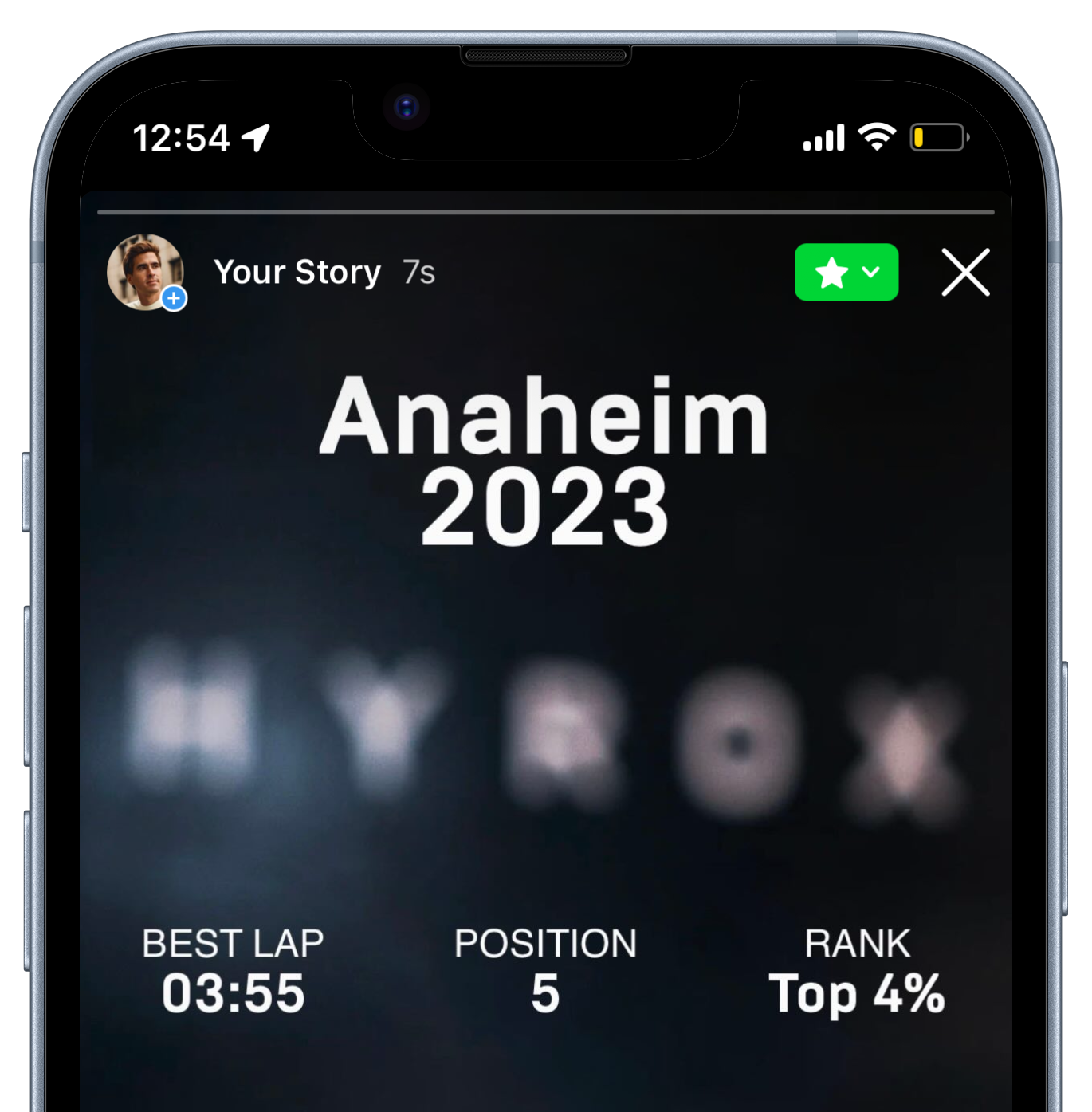Owen Rachel
Performance Analysis
Dive into the performance of this athlete for 2024 London with this analyzer. We look at the performance of similar athletes to assess where are the weakness and the strengths of this athlete.
The result of this athlete will be imported when available on results.hyrox.com.
Ready to conquer your next race?
Unlock your potential with our pace calculator tool, designed to help you craft your ideal race splits and propel yourself to new heights.
Pace Calculator
Embrace Your Post-Race Recovery Journey
Discover the art of recovery with our expert tips. Tailored for Hyrox athletes, our guide ensures you rejuvenate effectively and return stronger for your next challenge.
Start My Recovery Plan
